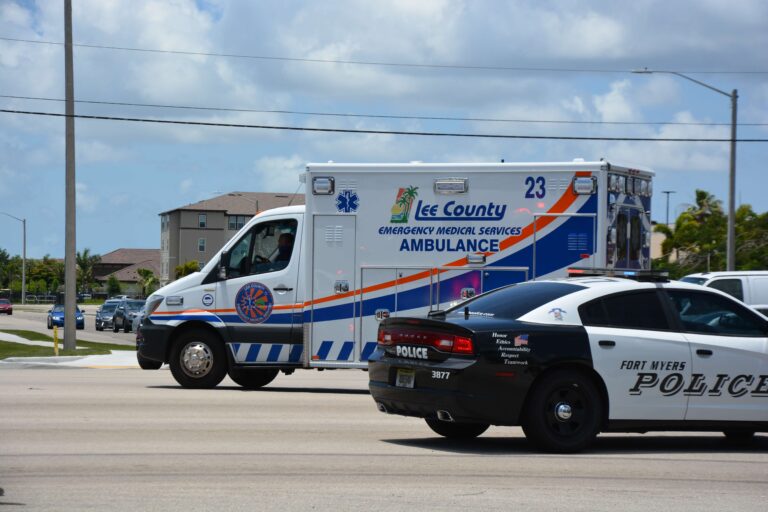While telemedicine has been a critical player in the healthcare industry for decades now, a new type of telemedicine service designed specifically for first responders has emerged. 9-1-1 initiated telemedicine works by offering telemedicine services for low acuity patients as callers dial into 9-1-1. The service can have several health benefits for patients while reducing associated costs. Learn how 9-1-1-initiated telemedicine can enhance your city’s bottom line.
What is the user experience?
When selecting or introducing telemedicine technology into the public safety space, a critical question to ask is about the user experience. The user experience dictates how everyone, from front-line crews to leadership to patients, will interact with your chosen technology, so it’s vital to understand what the workflows look like for each group. Ask for samples of workflows for each of your stakeholders to know how they’ll be guided through the system. Once you’ve narrowed your options to your top 2-3 choices, ask each telemedicine provider to let you test the system with a few stakeholders to evaluate the “real-world” experience. You should ask these stakeholders to report back on the following:
- Ease of use
- Navigation through workflows
- Troubleshooting
- Data collection input
In doing so, you’ll better identify how stakeholders will experience telemedicine technology in their day-to-day lives and ultimately make a more informed decision.
What integrations do you offer?
You should look for your telemedicine technology to help you create a richer, more interoperable experience to connect patients and first responders better. Ask telemedicine software providers what CAD, ePCR, and EHR integrations they offer. By having a deeply integrated telemedicine offering, you’ll have more opportunities to fully connect patients to care and understand the complete picture of your system.
How do you monitor performance?
Selecting telemedicine technology can unlock a world of new services and experiences for crews and patients, but the real ROI in telemedicine is through performance. Look for telemedicine software that allows you to monitor live encounters, provides standby support, and initiates tracking of key performance metrics. Data should be easy to review, adapt, and even export. Most importantly, the data collected should help you tell the story of how your investment in telemedicine will help improve patient care and crew experience and reduce costs.
What will implementation look like?
An often overlooked but critical element of selecting a telemedicine partner is understanding the implementation process. You’ll want to understand the following:
- Typical implementation length
- Stakeholders and teams needed for implementation
- Integration paths and timelines
- Change management practices
By identifying the implementation process early on, you’ll know who needs to be involved in it, how long you should plan for it to take, and what change management techniques you’ll need to deploy for success.
Setting yourself up for success
Selecting a telemedicine partner can be a challenging but rewarding process. MD Ally makes it easier with an easy-to-use interface, built-in integrations, robust reporting, and a smooth implementation process. Interested in seeing how we can help your agency kick off the telemedicine selection process? Click here.





